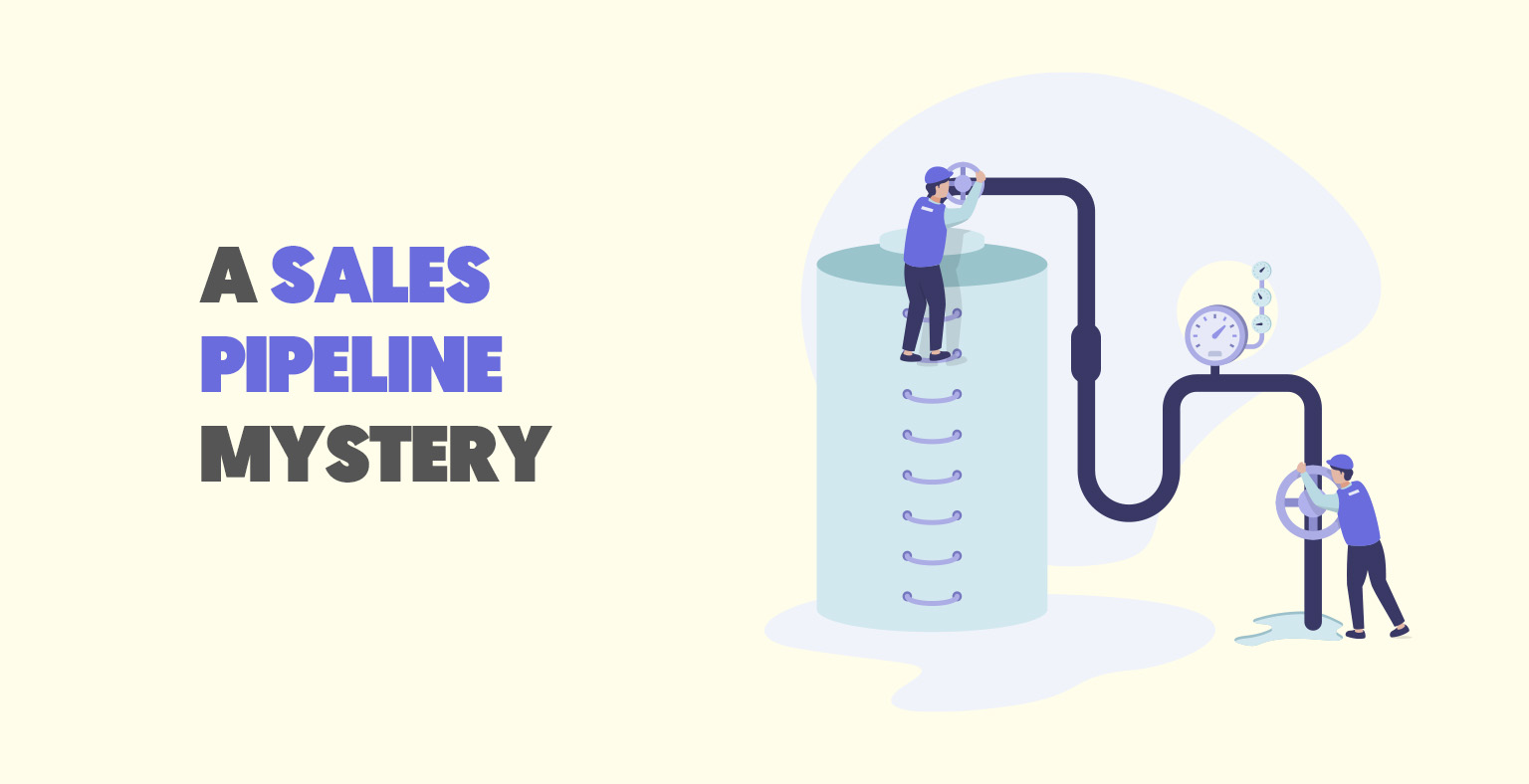
The more opportunities a company has, the more likely it is to meet its targets. And the more a company controls its sales process and has clarity on it, the more likely it is to improve its income. Evaluating and managing those processes correctly will allow businesses to develop strong and efficient sales pipelines, which is the topic we will further look into in this article.
What is a sales pipeline?
A sales pipeline describes the set of stages that a sale goes through to transform a lead (potential client) into a customer (paying client). It is a really efficient way for any business to manage their sales process and thus gain more offers and make more profit. The stages are classified in categories through which the sales should progress for an efficient sales process.
A sale pipeline also allows getting auto-feedback on how your business is doing and what things should be improved. They usually include indicators to verify if a business has enough opportunities to meet its goals. Managing your sales pipeline effectively is a great way to close more sales faster while remaining attentive to priority leads.
=What are the steps of the sales pipeline?
Although these may sometimes vary from one business to another, the seven following steps are usually the most common: Contact: The sales pipeline sets off when someone first shows interest in your product/service. Qualification: To find out if a lead is more or less likely to convert into a customer, you have to qualify the opportunity it with the BANT strategy.
- B for Budget: Do they have the necessary budget to get your product/service?
- A for Authority: Do they have the authority to make the decision themselves?
- N for Need: Do they have a need that your product/service will answer?
- T for Timeline: Do they have a deadline for when they need the product/service?
Meeting: After positively qualifying the opportunity, you should schedule a meeting with your potential client. Proposal: If the meeting went well and the client is interested, you can make a proposal with the detailed offer. Closing: The client accepts the offer and becomes officially your customer. Retention: Keep the customer happy and gain client loyalty.
Sales funnel and closing chances:
Unlike the sales pipeline, the sales funnel is focused on the clients' journey instead of that of the business. It allows you to track how many qualified leads are converted to customers, and which phases of the sale process require more attention, as well as gives insight regarding the behaviour of the leads. The steps are, once again, different for each business and industry. There is nevertheless a pattern common to most of the sale funnels.
Awareness and interest: A qualified lead has a problem that he is still in the process of identifying. He discovers a product/service.
Researching solutions: After having identified the problems and the specific needs related to it, the lead starts researching the potential solutions to problems through, for example, reviews and guides.
Making the purchase decision: This is step where the lead decides to go for one of the solutions that he has previously researched. He builds a purchasing intention.
Purchasing: The qualified lead acts on his decision, and officially converts into a customer.
The importance of follow-ups:
If finding new clients is obviously a must for any business to make sure it has a steady growth rate, the potential of the customers that are already on the client list is not to be underestimated. Following-up with your customers offers your business a real opportunity to improve your income. Here are a few steps that are crucial to acing your follow-up:
Thank your clients: Whether you send an e-mail, a thank-you note or an SMS it is important to thank your customers to make sure that their experience is positive. Do not use templates but make sure this message is fully personalized and includes contact information in case of issues.
Make room for communication: Call the customers after a few weeks to make sure they are satisfied with the product, to answer any questions they might have and ask if their experience was pleasant. Listen to their needs, solve their problems and stay at their disposal for any future occurrence.
Prepare for the next sales: Your current customers can help you land your next ones. Being open to their needs will allow you to get ideas on how to improve your product/service. Also, a happy customer is most likely to bring you more clients as they are the best ambassadors of your products or services.

